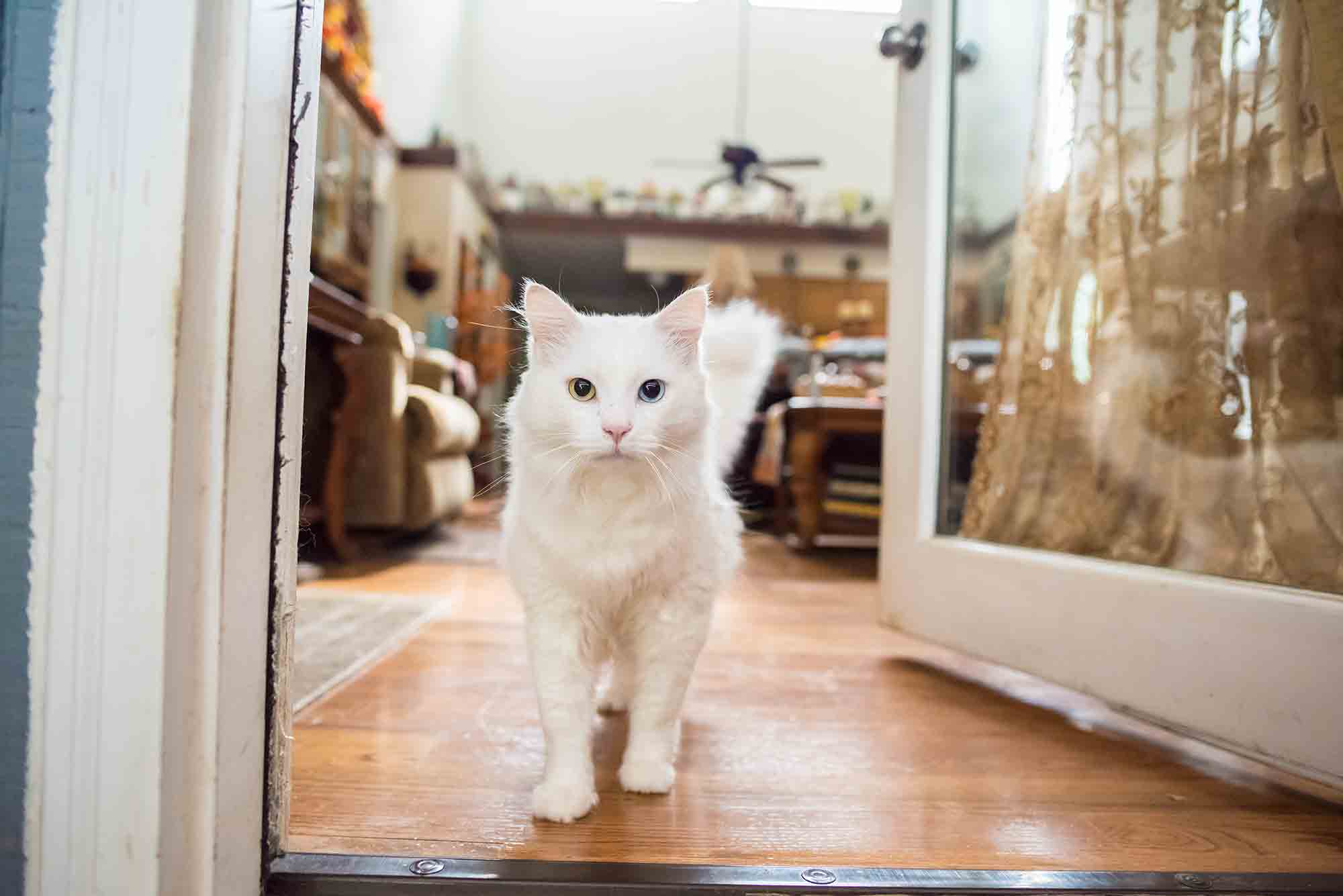When Disaster Strikes, Pet Safety Looms Large
 When asked what we should prepare for, the founder of Boy Scouts of America, Robert Baden-Powell, declared, “Why, for any old thing.” Sure, he might not have been referring to the ability to deal with emergencies, but knowing what to do under pressure is an important life-saving skill.
When asked what we should prepare for, the founder of Boy Scouts of America, Robert Baden-Powell, declared, “Why, for any old thing.” Sure, he might not have been referring to the ability to deal with emergencies, but knowing what to do under pressure is an important life-saving skill.
The motto “be prepared” applies to everyone. Disaster (natural or man-made) can strike when we least expect it, which is why we can’t underscore enough the importance of pet safety. It should be priority number one every day of the year!
The Unexpected
When we prepare for the worst, we hope to lessen the impact of unpredictable disasters. Whether it’s a flood, earthquake, tornado, fire, or terrorist attack, everyone is much better off when they have the right skills and supplies.
Pet Safety Plan
Each year, over half a million pets are affected by house fires. That’s why it’s important to have a plan that gets everyone safely out of house – including your pet.
The first rule of thumb is never leave an animal behind when evacuating. In an emergency, everyone is terrified, and amid all the confusion and chaos, it can be hard to locate an animal who’s hiding. If you ever have to evacuate your home, keep in mind it could be weeks or months until you can return.
Look Ahead
We hope the following ideas help you develop a sound pet safety plan:
- Crate train your pet. Doing this early can help direct your pet to safety while you get them out of the house. Attach your pet’s photograph, vaccination report, and medical history to the crate exterior.
- Establish a sound that inspires your pet to run to the crate. This might be a high whistle or certain command that they’ve been successful in learning.
- Know in advance where you can go in case of emergency. This may be a friend or relative’s house. It also helps to call nearby accommodations where you can stay during an evacuation. Research shelters that can house your pet or consider boarding at Beverly Hills Veterinary Associates.
- Place pet alert stickers on the windows near your front and back doors. These alert emergency personnel to the presence of your pet so they can rescue them if needed.
- Create a route to safely exit the house, and know where to go to find pet safety and security. Having a clearly identified safe space can make all the difference.
- Store at least three day’s worth of pet food and water. If your pet depends on medication, always have back-ups. Switch out the supply every 6 months or so.
- Remember to keep your pet’s microchip and ID tags updated.
- Test your home’s smoke detectors every month, and replace batteries as needed. Your pet can become desensitized to the noise in order to reduce nerves during a real life emergency.
- Fill your pet emergency/first-aid kit.
- Don’t allow your pet to roam freely after an emergency. Downed wires, dangerous chemicals, and other hazards to pet safety are common. Likewise, emergency situations usually inhibit your pet’s ability to track scents and familiar landmarks.
Stay Calm, Carry On
Remember, your pet picks up on your emotional state and responds in kind. Try your best to remain calm, and always call us with any questions or concerns.
